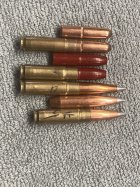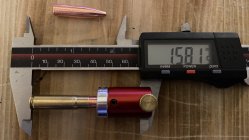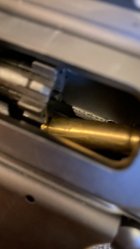Hey there, I have an Semi auto 10.5” 300 blk that I have just put my suppressor on. I am fairly new to rifle cartridges and try to follow my hornady book for info. Problem as others know we can’t find the desired components now. The only 220gr projectiles I could find were Everglades plated spire point. After tons of searching I think I’m going to start with a COL of 2.150. The question I have for y’all is about my charge. Only powder I have in that is in that range of burn rate is accurate number 9. I’m currently using it on my 150 gr super loads and it’s working great. My hornady book has 208gr and 225gr listings for #9. The 225gr is 7.5gr/1000, 8.3gr/1100. The 208gr is 7gr/1000, 8gr/1100. I was going to go try 7.4, 7.8, 8.2 and look for pressure but I ran into a few posts that say go as low as it will still cycle.
long story long, my question was when loading subs is it actually going low to keep velocity down for sound? Should I worry less about full case expansion to focus more on lower sound? These are plinking rounds shot at steel targets so accuracy is not the highest importance.
*note I do not have a chrono yet but I do have plenty of range time to use
long story long, my question was when loading subs is it actually going low to keep velocity down for sound? Should I worry less about full case expansion to focus more on lower sound? These are plinking rounds shot at steel targets so accuracy is not the highest importance.
*note I do not have a chrono yet but I do have plenty of range time to use





















